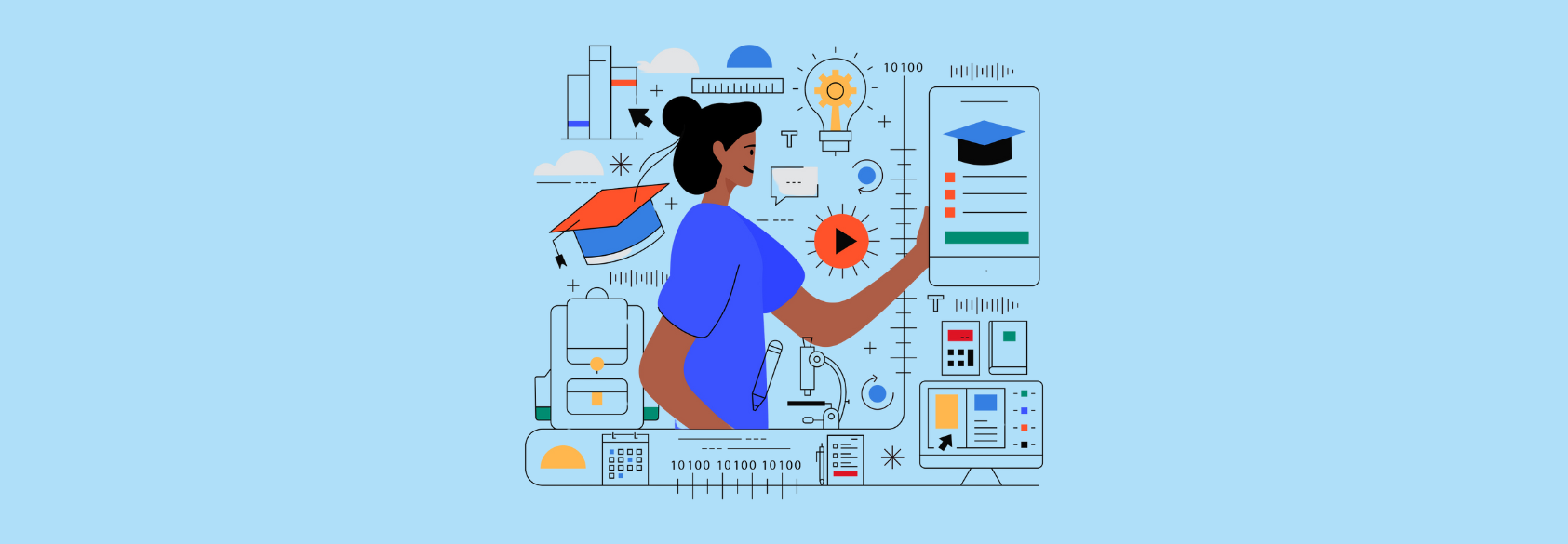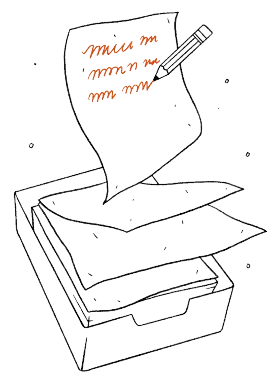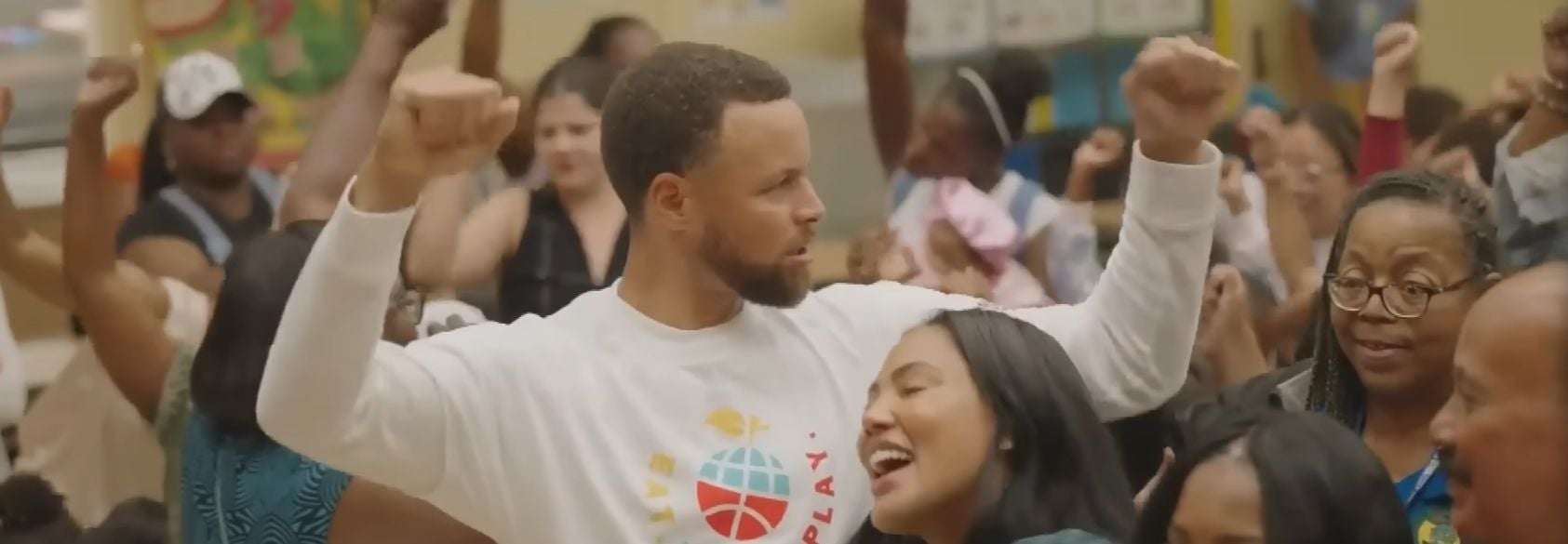In short, our state department of education as well as our state teachers union are both advocating for a shift that will de-emphasize standardization and instead begin the shift to individualized education for all, not simply for special education students. With that being said, when a ship as massive as this wants to change course, it does so incrementally, and it is painfully slow. However, as a classroom teacher, I have the autonomy to use the data from these commissions to inform my instruction, so you can bet that I marched myself into my principal/s office as soon as our reports were released. What did I have in mind? I proposed digital portfolios that would allow students to demonstrate their unique abilities as well as common skills without squashing those who struggle or stifling those who excel. Here’s the proposal I used with my district, and I’m happy to say that our eighth grade is piloting a digital portfolio this year instead of a standardized final exam that was essentially a reading test in the first place. If this sounds intriguing, or I’ve piqued your curiosity, check out what we’ve learned in the first two months and what we hope to accomplish in the first year.
The Same, But Different
One of the first concerns we had as eighth-grade teachers was keeping our autonomy. For example, I am deeply invested in teaching Long Way Down and The Outsiders. (check out the blog on Long Way Down here and The Outsiders here, and how my Honors students are doing a compare/contrast of them here). The other two teachers are Poe aficionados with incredibly developed lessons in an amazing unit (that I’ll be trying for the first time this year, so updates to come). We didn’t want to synchronize, lockstep, but we did want to ensure that our “showcase portfolios” address the same skills and standards, but with different resources that allow us to still be uniquely who we are. I also teach the exceptionalities—I co-teach with a special education teacher for three of my classes, and then I teach two sections of Honors students. We had a lot that we were trying to account for, so each eighth-grade ELA teacher created a “portfolio piece” assignment that the rest of us would use, based on the power standards we determined from looking at student data. Here’s the Interpretive Piece assignment I created, and you’ll see that it allows for choice, and scaffolding, and differentiation.
Finding a Safe Digital Platform
Our next challenge was to find a safe digital platform that met the New York State Data Privacy and Security requirements. We handed this off to our Instruction office, and they set up a meeting with the Wakelet team. Wakelet was extremely helpful, allowing us to try out the platform and providing us with mini-virtual training to get us started. You can check out the platform here. One of the big considerations we had was the portability of the site, and we learned that students will be able to “take it” with them to high school, and even after high school.
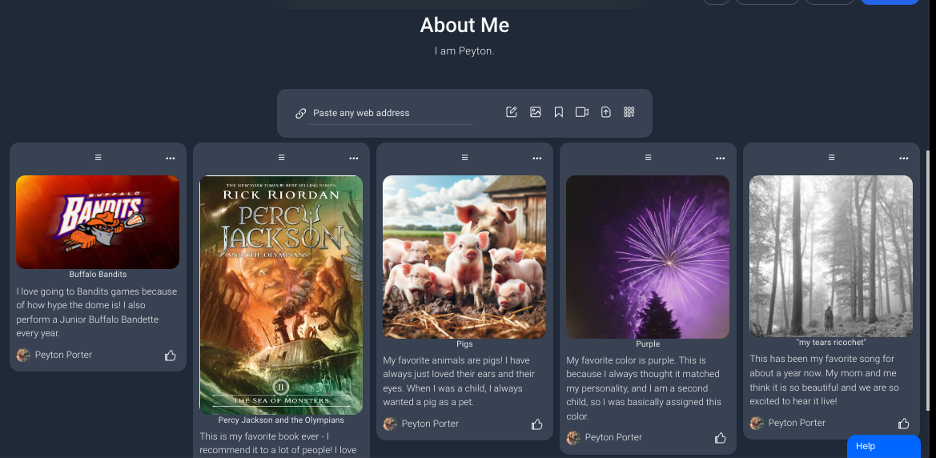
The Learning Curve
I’m pretty tech savvy, and I found that the learning curve wasn’t steep, but I had to get my mind around the specialized vocabulary of the platform. Students have “collections” and “cards,” and they catch on much more quickly than the adults, of course. The best description would be a cross between Pinterest and Google Classroom. Wakelet has many built-in collections that will teach students how to use all of the features. You can check out my very first attempt here. We wanted to have students create an “Inspo” board, an “About Me” board, and do the tutorial “Meet the Student.” We also wanted students to create a collection called “Required Portfolio Pieces,” which would be the shared assignments. Each teacher has the freedom to create additional “collections.” For example, I had my students create a collection after reading The Outsiders where they had to write a letter as one of the characters, create three quote cards of important dialog from the character, and then include photos from the 1960s and also what the character might look like now.
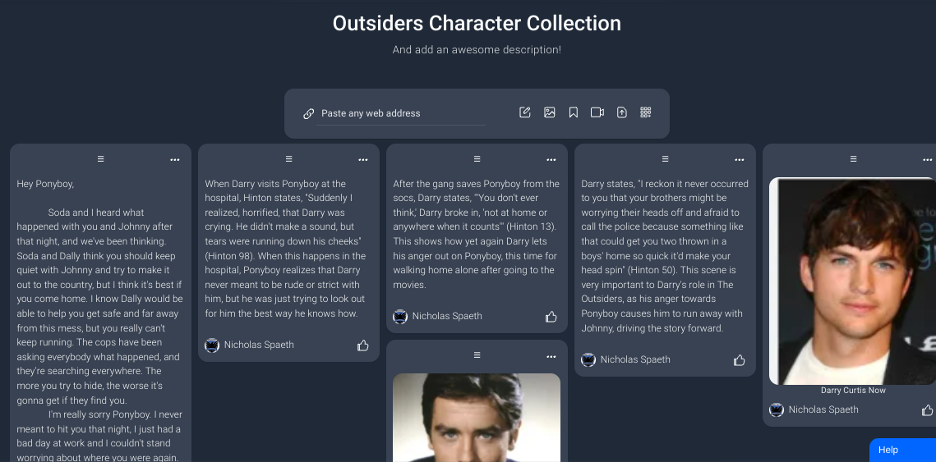
Second Semester Plans
We will be continuing to add our common assignments, and I will be having students create some personalized collections to address some soft skills and social and emotional concerns. In June, when we used to be drilling facts and reviewing, we will instead be perfecting students’ writing pieces through revision and collaboration, and sharing them with each other as a celebration of their improved skills. I am so excited to spend this coming June doing these authentic tasks instead of playing a million games of kahoot in hopes that students will remember what “hyperbole” means (see what I did there?).
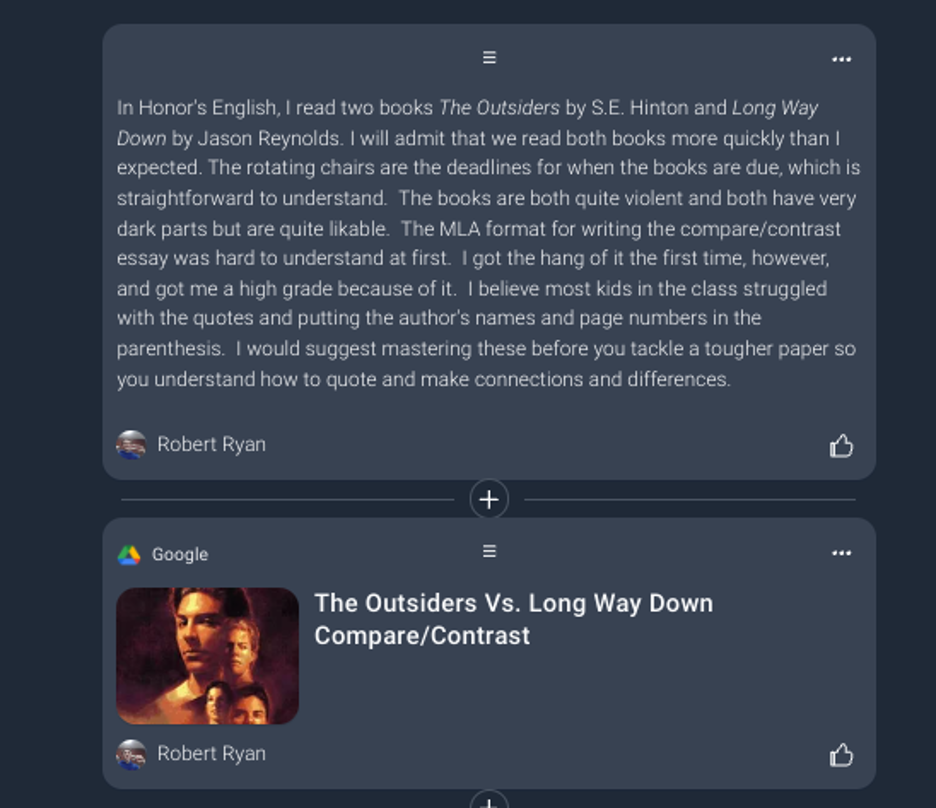
If this sounds like something you might consider, please feel free to reach out to me, and I will answer questions and share more resources. I do want to note that there is a contradiction in this entire pilot that is not lost on me. One of the goals I’ve had for my students is to help them digitally detox (you can read more about it here), but I have to balance these goals with my desire to redefine education to be more personalized. One of the ways I intend to handle this juxtaposition is to encourage students to do projects that we can then photograph or video and upload to their portfolios. Yes, I’m talking in circles, but if we are going to make progress, we have to have these conversations (even if it is just with ourselves).




